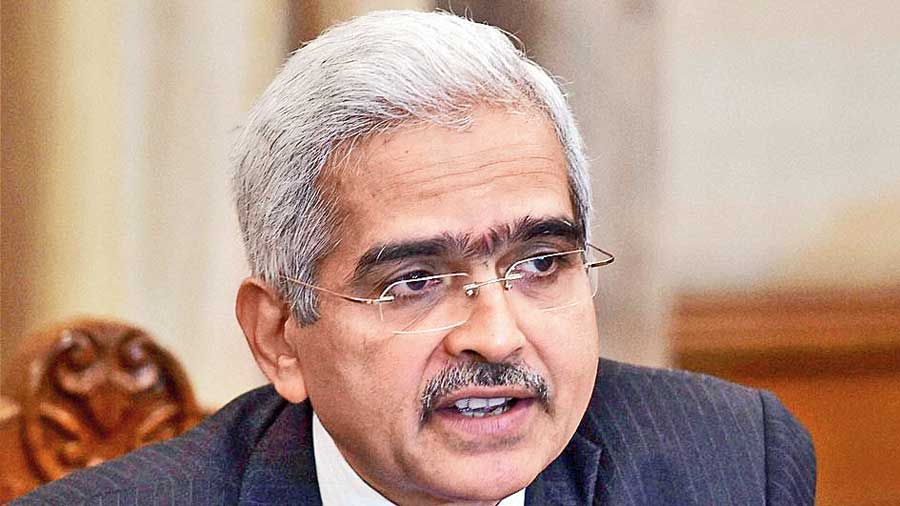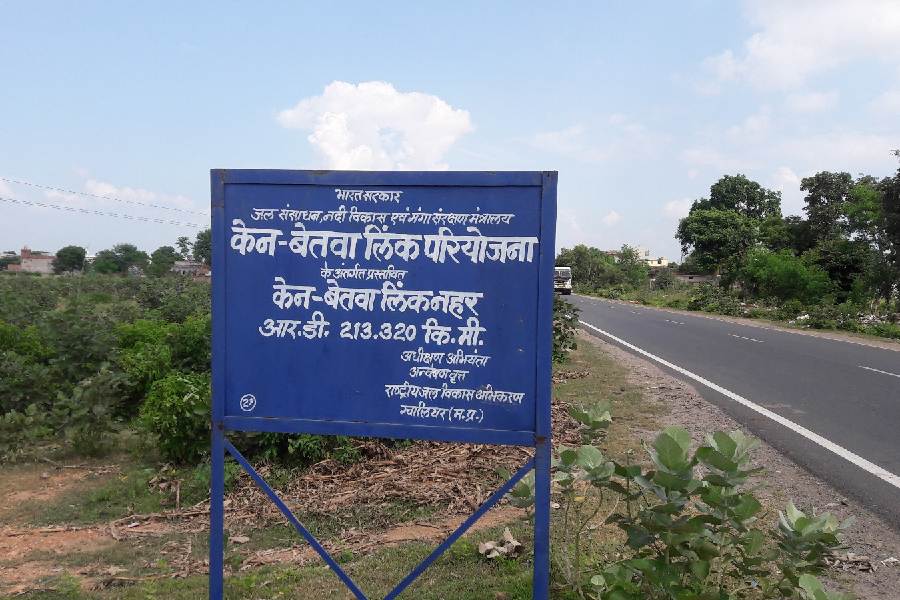Members of the Reserve Bank of India’s interest rate setting body grappled with patchy growth and stubborn inflation but decided to persist with their accommodative stance as it could derail the nascent recovery and growth, minutes of their meeting held earlier this month showed.
At the three-day meeting, members of the RBI’s monetary policy committee (MPC) also flagged risks arising from low short-term money market rates even as one member justified the aggressive intervention from the central bank in the forex markets that has been blamed for the US Treasury Department putting India in the monitoring list of currency manipulators.
At the meet, members pointed out that though there has been recovery, it has been uneven. They were equally worried about the adverse effects of inflation on growth.
Deputy governor Michael Patra said the stress given by MPC to growth relative to inflation since the outbreak of Covid-19 appears to be yielding dividends and the contraction in the economy was less.
With inflation remaining elevated, he cautioned that the window available to the MPC to look through inflation pressures is narrower than before.
RBI governor Shaktikanta Das felt that though more sectors are showing an upturn, the improvement is not steady and continuous.
“Overall, the persistence of inflation at elevated levels constrains monetary policy at the current juncture…though recovery is underway, there is still continuous need to nurture and support growth to make it broad based and durable. A premature roll back of the monetary and liquidity policies of RBI would be detrimental to the nascent recovery and growth.”
‘Intervention correct’
Ashima Goyal supported RBI’s intervention in the forex market as over-valued rupee can hurt exports, raise country risk and lead to a sharp depreciation later.
“Prolonged inflows can lead to over-valuation without intervention. Surges and sudden stops of capital flows to emerging markets due to advanced economy quantitative easing have hurt emerging market growth in the decade after the global financial crisis,” she said..
Jayanth R. Varma raised the issue of very low short- term money market rates because of plentiful liquidity. Ahead of the policy, there were expectations that the RBI would take some steps to restore these rates that were below the policy corridor. Efforts should be to soften the long-term rates rather than the short-term rates, he said.
He pointed out that his reduction of rates carries significant risks and very little rewards.
``The rewards are low because long rates are what are relevant for stimulating investments and supporting an economic recovery; a steepening of the yield curve by a reduction in short rates does not accomplish this. Also, a reduction in long rates that stimulates investment not only increases demand in the short run, but it also stimulates supply in the medium term as the new capacity becomes operational, and this new supply dampens inflationary pressures’’, he noted.
But, on the other hand, demand that is stimulated by a reduction in short rates is not accompanied by an offsetting supply boost, and it carries greater inflationary risks.
He went on to add that in such circumstances, there will be cases of rising profits and profit margins, improving capacity utilization and lack of new capacity additions which will create ripe conditions for the `oligopolistic core’ to start exercising pricing power. Varma pointed out that these are also the enterprises that are benefiting from borrowing at rates below the policy corridor through commercial paper issuance.
However, Ashima Goyal had a different view. She pointed out that as long as MPC stance is accommodative, durable liquidity will be in surplus and short-term rates will be below the reverse repo rate.
She added that the rates have fallen below the reverse repo because of the combination of excess foreign inflows, intervention and reverse repo access limited only to banks.
Ashima Goyal supported RBI’s intervention in the forex market as over-valued rupee can hurt exports, raise country risk and lead to a sharp depreciation later.
“Prolonged inflows can lead to over-valuation without intervention. Surges and sudden stops of capital flows to emerging markets due to advanced economy quantitative easing have hurt emerging market growth in the decade after the global financial crisis,” she said.











